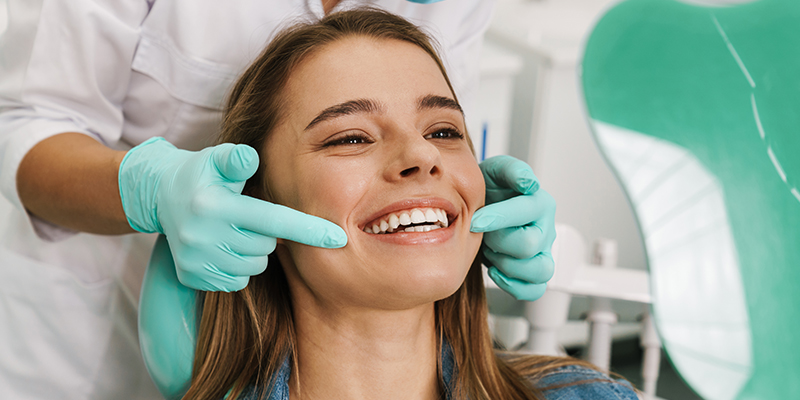
Orthodontics
Orthodontics is a specialized field of dentistry dedicated to the diagnosis, prevention, and treatment of teeth and jaw misalignments. These issues can range from crooked or overcrowded teeth to more complex jaw discrepancies that can affect both appearance and function. Orthodontic treatments not only improve the aesthetic appearance of the smile but also address functional problems such as difficulty chewing, speaking, or maintaining oral hygiene. With advancements in orthodontic technology, there are now several effective methods for achieving optimal alignment, each tailored to meet the individual needs and preferences of patients.
The primary goal of orthodontic treatment is to create a well-aligned bite that promotes better oral health, reduces the risk of tooth decay, and enhances overall function. Misaligned teeth can contribute to a variety of dental problems, including gum disease, tooth wear, and jaw pain. Orthodontic treatment can also positively impact a person’s self-esteem, as a straighter smile often leads to increased confidence. Whether opting for traditional metal braces or more discreet options like clear aligners, orthodontics can provide a solution for both cosmetic enhancement and functional improvement.
Traditional Braces
Traditional braces are the most commonly recognized form of orthodontic treatment. They consist of metal brackets that are bonded to the teeth and connected by wires, which are periodically adjusted to gradually move the teeth into proper alignment. While they are often associated with a more visible appearance, traditional braces remain a highly effective solution for a wide range of dental issues, including severe overcrowding, crossbites, and significant gaps between teeth. Modern advancements in braces technology, such as smaller, more comfortable brackets and colored elastic bands, have made traditional braces more user-friendly and aesthetically versatile. Traditional braces are suitable for both children and adults, providing an efficient and reliable method for achieving a straight, functional smile over time.
Clear Aligners
Clear aligners have gained significant popularity in recent years as an alternative to traditional braces. These custom-made, transparent trays are designed to gradually shift the teeth into proper alignment, offering a more discreet option for orthodontic treatment. Clear aligners are removable, allowing patients to take them out for eating, drinking, and brushing their teeth, which can make oral hygiene much easier to maintain compared to traditional braces. The aligners are designed using advanced 3D imaging technology, which allows for precise, individualized treatment plans. This treatment method is particularly popular among adults and teenagers who prefer a more subtle approach to straightening their teeth without the visible appearance of metal brackets and wires.
Orthodontic Retainers
After completing an orthodontic treatment plan, whether with traditional braces or clear aligners, wearing a retainer is essential for maintaining the results. Retainers are custom-made devices that help keep the teeth in their newly aligned position, preventing them from shifting back to their original misalignment. They can be removable or fixed, depending on the patient’s needs. Retainers are typically worn for a period of time after braces or aligners are removed, and in some cases, lifelong use may be necessary to ensure long-term stability of the teeth. Without the use of retainers, there is a risk that the teeth will gradually shift back to their previous positions, which can negate the benefits of the orthodontic treatment.
Why Orthodontics is Important
Orthodontics not only improves the appearance of the smile but also enhances overall dental and facial health. Proper alignment of the teeth and jaws contributes to better function, reducing issues such as difficulty chewing, jaw pain, and excessive wear on teeth. Well-aligned teeth are easier to clean, reducing the risk of plaque buildup, cavities, and gum disease. In addition, correcting bite issues can prevent long-term problems, including temporomandibular joint (TMJ) disorders, which can lead to headaches and discomfort. Orthodontic treatments also boost confidence by enhancing the smile, which has a positive effect on social interactions and self-esteem.
It plays a vital role in improving both the aesthetic and functional aspects of dental health. Through a variety of treatments such as traditional braces, clear aligners, and retainers, orthodontics offers solutions for a wide range of dental issues, from simple cosmetic concerns to complex bite problems. The results of orthodontic treatment go beyond just a straight smile—patients experience better oral health, improved function, and greater self-confidence. Whether opting for more traditional or modern methods, orthodontic care is an investment in both your appearance and long-term dental well-being.
